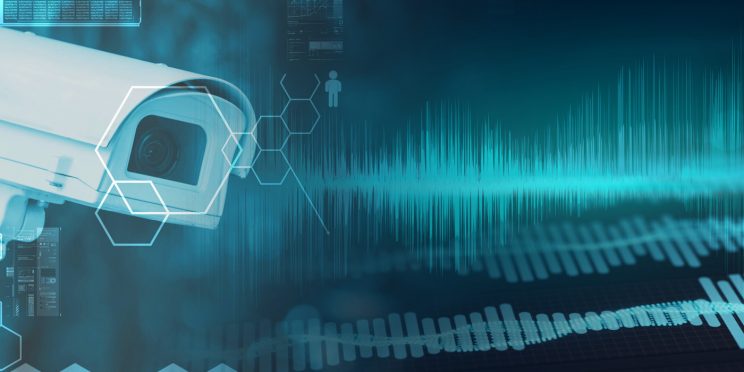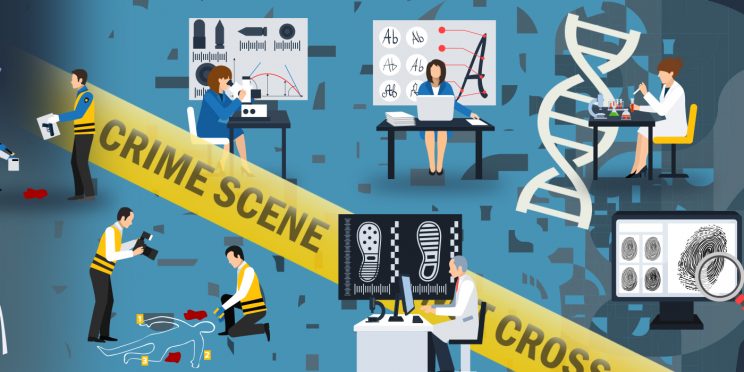Date
February 2018
Overview
Drowning is one of the leading causes of “accidental death” in the United States, but it is possible that many of these deaths are, in fact, incidents of foul play. It is important that law enforcement personnel learn how to properly investigate an underwater scene and preserve the evidence. This course, hosted by the Longmont Department of Public Safety and Team LGS, detailed the procedures and tactics for dealing with aquatic death and drowning investigations. The FTCOE funded two practitioners to attend this training to better understand the proper procedures to use during an aquatic death investigation. Read the in-brief to learn more about this event.
“I assisted in an investigation of an infant death, and the suspect stated he had given the victim a bath before her death. I used what I learned in the class to document the scene in the bathroom and bathtub.”
- Class Attendee
Funding for this Forensic Technology Center of Excellence report was provided by the National Institute of Justice, Office of Justice Programs, U.S. Department of Justice.
The opinions, findings, and conclusions or recommendations expressed in this report are those of the author(s) and do not necessarily reflect those of the U.S. Department of Justice.
Contact us at ForensicCOE@rti.org with any questions and subscribe to our newsletter for notifications.




